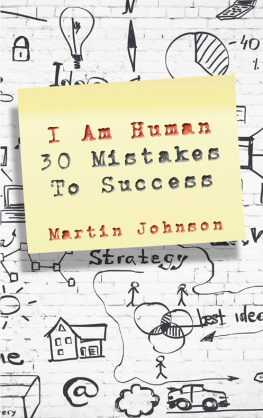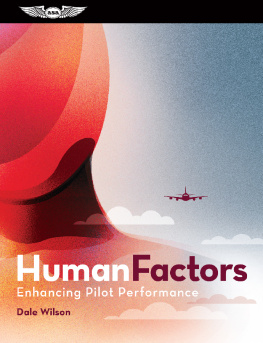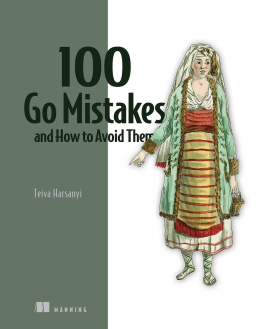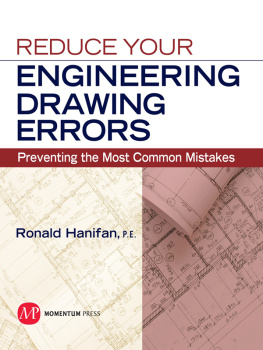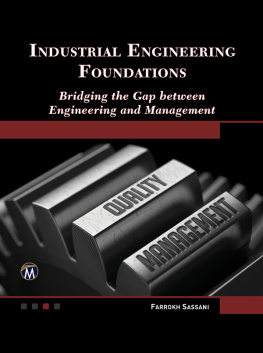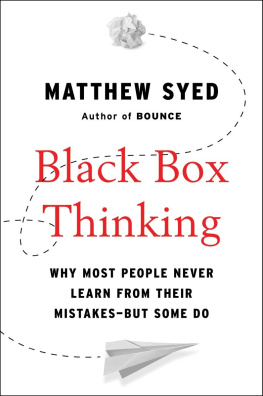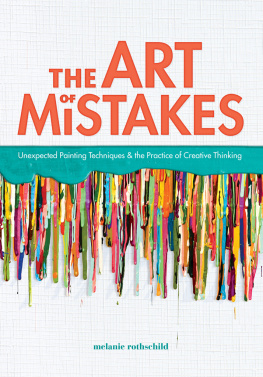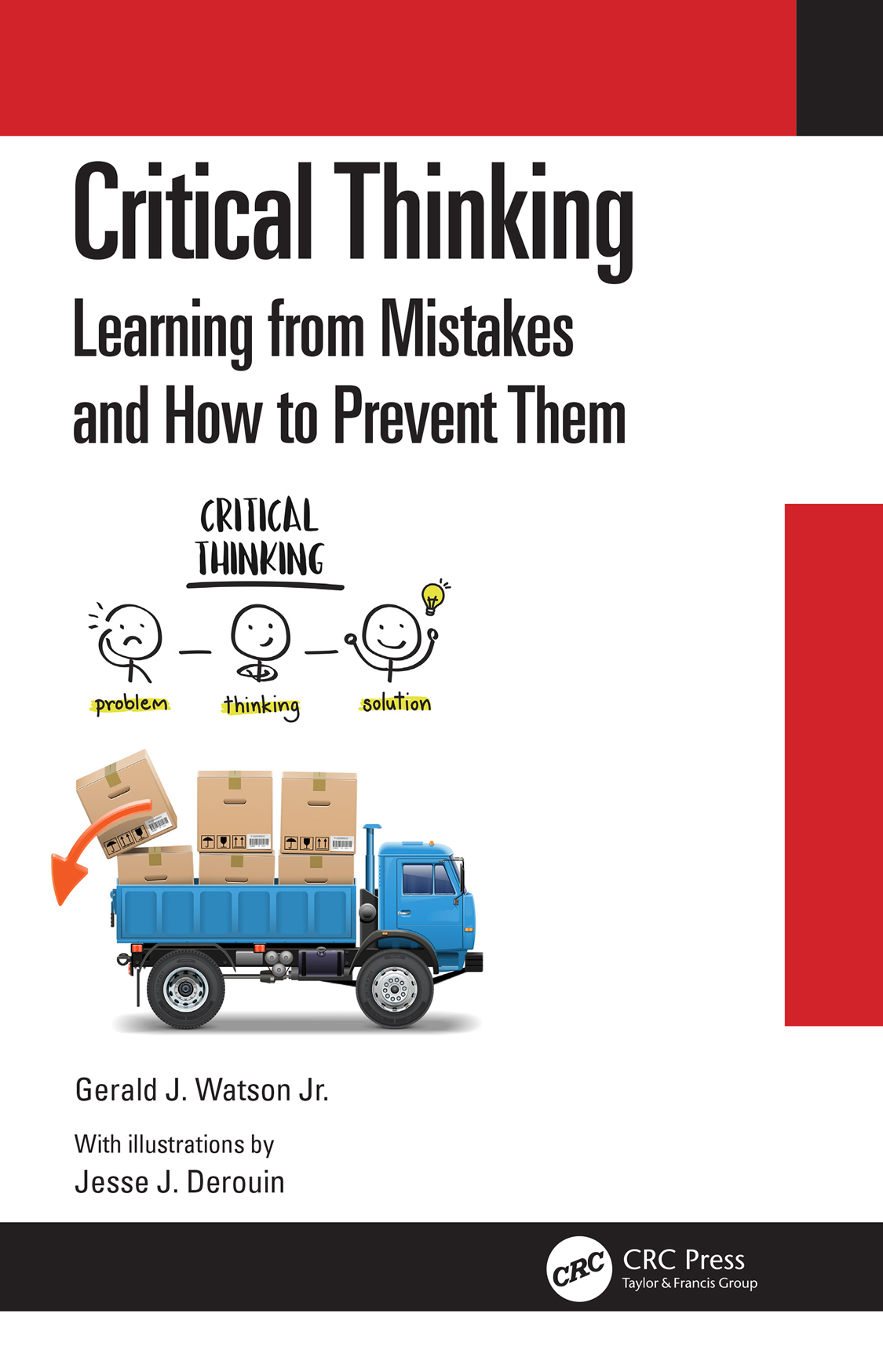Critical Thinking
First edition published 2021
by CRC Press
6000 Broken Sound Parkway NW, Suite 300, Boca Raton, FL 33487-2742
and by CRC Press
2 Park Square, Milton Park, Abingdon, Oxon, OX14 4RN
2021 Taylor & Francis Group, LLC
CRC Press is an imprint of Taylor & Francis Group, LLC
Reasonable efforts have been made to publish reliable data and information, but the author and publisher cannot assume responsibility for the validity of all materials or the consequences of their use. The authors and publishers have attempted to trace the copyright holders of all material reproduced in this publication and apologize to copyright holders if permission to publish in this form has not been obtained. If any copyright material has not been acknowledged please write and let us know so we may rectify in any future reprint.
Except as permitted under U.S. Copyright Law, no part of this book may be reprinted, reproduced, transmitted, or utilized in any form by any electronic, mechanical, or other means, now known or hereafter invented, including photocopying, microfilming, and recording, or in any information storage or retrieval system, without written permission from the publishers.
For permission to photocopy or use material electronically from this work, access
Trademark notice: Product or corporate names may be trademarks or registered trademarks, and are used only for identification and explanation without intent to infringe.
Library of Congress Cataloging.in.Publication Data
Names: Watson, Gerald J., Jr., author. |
Title: Critical thinking : learning from mistakes and how to prevent them /
Gerald J. Watson Jr.
Description: First edition. | Boca Raton : CRC Press, 2020. | Includes
bibliographical references and index.
Identifiers: LCCN 2020005866 (print) | LCCN 2020005867 (ebook) |
ISBN 9780367354602 (hardback) | ISBN 9780429342998 (ebook)
Subjects: LCSH: Decision making. | Critical thinking. | Errors. |
Task analysis. | Environmental psychology.
Classification: LCC HD30.23 .W375 2020 (print) | LCC HD30.23 (ebook) |
DDC 658.4/03dc23
LC record available at https://lccn.loc.gov/2020005866
LC ebook record available at https://lccn.loc.gov/2020005867
ISBN: 978-0-367-35460-2 (hbk)
ISBN: 978-0-429-34299-8 (ebk)
Typeset in Times
by codeMantra
This book is dedicated to my wife who helped me get out of the Georgia Institute of Technology, not once but twice. She then provided moral and financial support when I returned at age 59 to work toward a PhD in Industrial and Systems Engineering at the North Carolina Agricultural and Technical University in Greensboro, which I earned at the age of 64.
It is also dedicated to many students over the years who have helped me become a better person and instructor.
What makes this book unique is that it is a compilation of errors that have been personally committed, or witnessed, by me and my close associates. Hands-on, real causes for those errors were then assigned and categorized to enable one to examine a situation that requires a decision to be made and then asked, Is the decision maker really making the correct decision? Did the decision maker apply critical thinking to determine the worst scenario that can occur if the incorrect decision is made?
My definition of critical thinking is the disciplined mental activity of evaluating arguments or propositions that can guide the development of beliefs and taking action. I then delineate what I consider to be important characteristics of critical thinking: (1) something vital for success in the 21st century; (2) its concept must be separated from the concepts of good and creative thinking; (3) its associated expected behaviors and subtasks as well as functional definitions must be developed; (4) its task analysis as well as intermediate goals and means of identifying ways of achieving objectives need to be completed; and, finally, (5) its best practices for delivering critical instruction need to be developed and implemented [1].
I challenge each decision maker to use critical thinking before making a decision. Then for each decision, list an alternative and use critical thinking to determine, what is the worst thing that can occur if this decision is implemented? Is the worst scenario a situation that is acceptable? If not, then the decision maker must reevaluate the alternatives and ask, could a better decision have been made with better information? If so, how long would it have taken to get that information and at what cost? All costs must be included, such as life, dollars, and time.
My Motivation
In addition to the overall goal of using critical thinking to learn from mistakes, I had several other goals for writing this book. The overall purpose is to reduce the frequency rate and severity that result from the commission of an error. I hope to achieve this by categorizing the main causes of these errors, which have been committed by me and others. Each reason will be explained in detail to enable everyone to select a motivation that best fits the most recently committed error. I have committed at least one error in each category.
Another goal is to expose the reader to the concepts that will result in fewer mistakes made and, for those that do occur, a reduction in their severity. These concepts include mostly those that I practiced as an industrial engineer during my long career; I was familiar with some of these concept names, but not all. I had taken several courses in Scientific Management and was aware of its overall goal but had little experience in its application other than conducting time studies. I had taken some practical application in usability courses primarily during layout modifications, and more application in human factors engineering primarily when applying work simplification prior to conducting time studies, but I was not aware of the correct nomenclature. I was aware of the benefits of anthropometry as I was able to sit and work at a desk but was clueless as to the proper field of study, much less its correct spelling.
Sufficient information concerning each topic is provided subsequently to enable the reader to understand how the knowledge concerning that particular concept could have prevented that mistake or, at the very minimum, mitigated the consequences. More details concerning each topic are provided at the end of the book under Interesting Topics to enable the reader to increase their knowledge concerning that particular subject.
One of the earlier courses I took toward my PhD was in Usability. The term usability itself is focused on the ease with which users use or interact with a product or a system. It focuses on the user, his satisfaction, efficiency, and effectiveness. Properly applied, usability engineering can help reduce the number of mistakes that are committed often by eliminating the opportunities for these errors or mistakes. When I turn on my computer, I wonder why the on/off button is not green or why it is not larger to facilitate its location since I am an engineer trying to make things easier. While working in MS Word, Excel, or PowerPoint where I spend the majority of my time, I am often curious as to why the cursor is not in some color other than white. Would a different color not be easier to see? Hello, interface designers!
Another aspect of human factors is that not only colors but also the contrast between different colors play significant roles that almost everyone sees but may not understand the underlying reason for. Warning signs that are seen every day are painted in solid yellow with the symbols in black. This combination is much easier for people to see further away, using a smaller font, in the drivers peripheral vision, in less-than-perfect weather condition, even with an eye disease, or the loss of vision due to aging. The best combination is black and white since it provides the greatest contrast in brightness followed by black and yellow [2].


